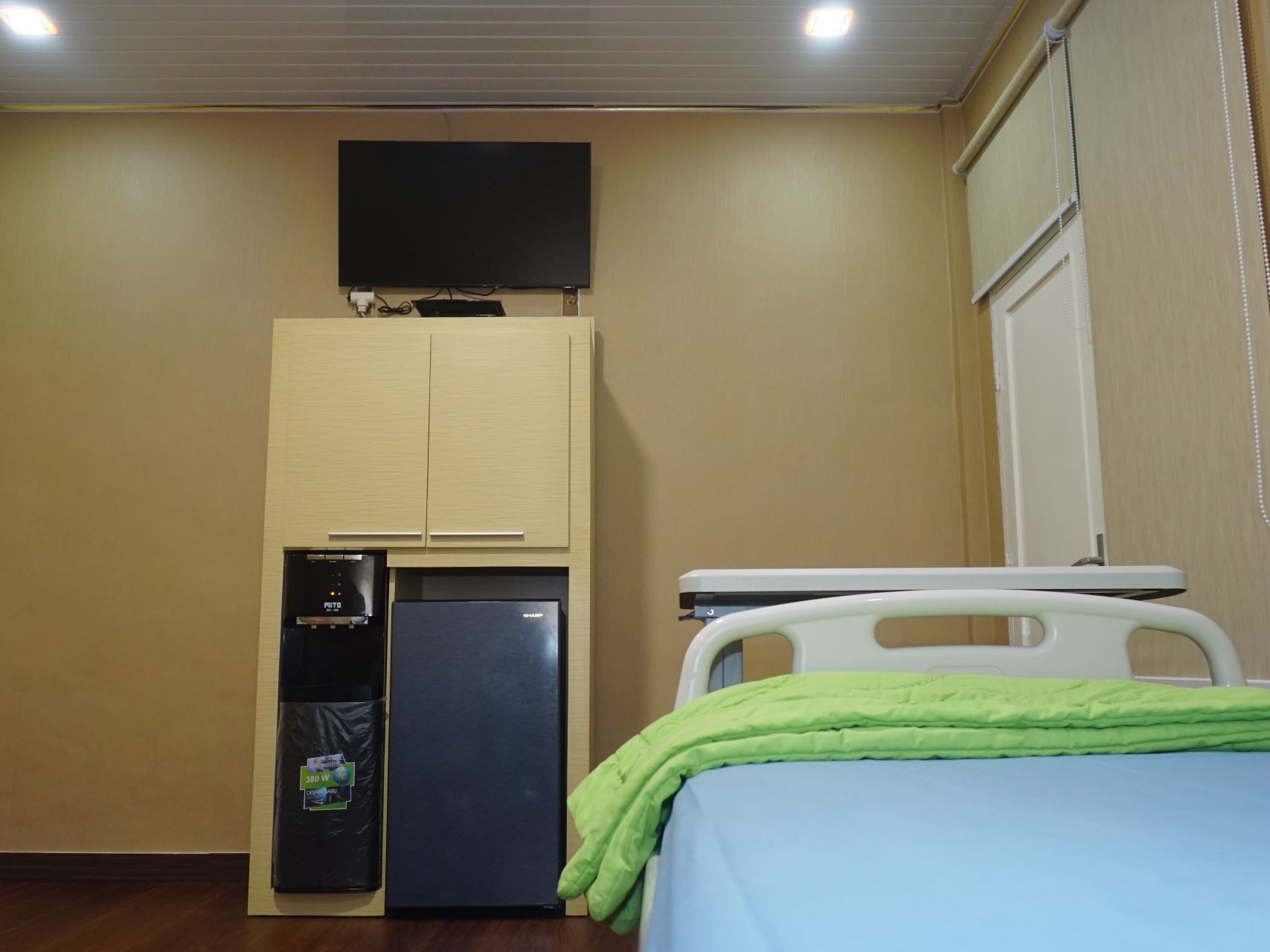
Hospitalization is one of the important features possessed by hospitals. facilities where patients can stay for a period of time to receive intensive medical care and supervision. Here is a general description of hospitalization and the facilities typically available:
- Inpatient Rooms: The hospital has rooms specifically designed for inpatients. This room is equipped with a bed, desk, chairs and storage cabinet for patient use. The hospital also provides additional facilities such as television and air conditioning.
- Nurses and Medical Personnel: Each inpatient room is served by nurses and medical personnel who are tasked with providing direct care to patients. Patients will be monitored by nurses and medical personnel, administer medicines, perform wound care, and provide other medical assistance as needed.
- Medical Treatment: Inpatients receive medical care tailored to their condition. This may include administering medications, physical therapy, occupational therapy, or other necessary medical procedures. The medical team will plan and carry out treatment according to the patient's needs.
- Monitoring and Observation: Inpatients are monitored regularly to monitor the progress of the patient's condition. It involves monitoring vital signs such as blood pressure, pulse, body temperature, and others. This monitoring assists the medical team in identifying changes that may occur and taking appropriate action.
- Food and Nutrition: Hospitals provide food and nutrition according to the needs of patients. The dietitian or dietitian will pay attention to special dietary needs, allergies, or other food restrictions owned by the patient and arrange a menu accordingly.
- Cleaning Facilities: The hospital has strict hygiene protocols to maintain the cleanliness and hygiene of inpatient rooms. Rooms and other facilities are routinely cleaned and sterilized to prevent the spread of infection
- Visits and Visitors: The hospital has a visitation policy. Inpatients are allowed to receive visits from family and close friends according to established times and rules.
- Additional Facilities: Some hospitals also provide additional facilities in the inpatient area, such as family rooms, waiting rooms, access to recreational facilities, rooms and so on.
Hospitalization is one of the important features possessed by hospitals. facilities where patients can stay for a period of time to receive intensive medical care and supervision. Here is a general description of hospitalization and the facilities typically available: